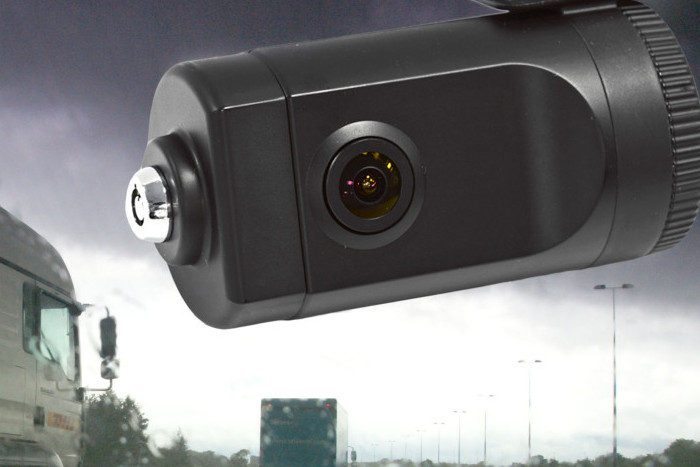TECH BRIEFING: LIVE VIDEO STREAMING
Jan 08, 2016 • Features • Live video streaming • Mobile video streaming • field service technology • Technology
Is live streaming video the answer to a number of key field service challenges? Kris Oldland, Editor-in-Chief, Field Service News takes a look at the latest technology in live streaming video and what makes this emerging technology a must for consideration by field service companies in the very near future...
Video footage has long been incorporated into various field service tools from driver training through to knowledge sharing and, of course, s a tool for protecting parts both in a warehouse environment as well as in vehicle.
However, the technology has recently taken a giant leap forward with the advent of continuous live streaming.
But what exactly is the difference between the live streaming video technology emerging today and the current technology that is already in place?
One company that are currently at the cutting edge of this industry is TFS who are already working with a number of high profile organisations including the many law enforcement agencies force and blue chip organisations in the telecoms sector to help them harness the latest in live streaming video technology.
‘Live video capture is out there it is being used elsewhere in the world, so it’s tested technology but in the UK it doesn’t seem to be in any shape or form being used to the extent it could be,” explains PJ Connelly, Managing Director, TFS.
Existing technology
Of course the biggest question is around just how far a leap forwards this technology is compared to the existing solutions on the market.
Let’s be clear here, TFS aren’t re-inventing the wheel, and neither are they claiming to have done so. To use a motoring metaphor, it’s more a case of introducing alloy wheels. Yes, the steel wheels out there being used at the moment are adequate and can get a job done, but alloy wheels just add that extra level of performance.
Generally your current video camera set-up involves cameras that are recording either to an on-board hard drive or a remote location.
Some systems claim to be able to offer live streaming but this can be all too often misleading
“There is some live streaming technology that claims to be live streaming, and is in essence live streaming, but you have to be 'x' amount of feet away from a hub. If you move too far in the wrong direction you’ll lose signal and it essentially becomes useless.”
“The fact that our solution is using 3G and 4G technology means you will be able to use it wherever there is that connection and those connections are only getting better and better.” He adds.
“Those products that are out there are mainly collision recording products so in the event of a collision immediately the camera will kick in and take pictures.”
“But live streaming gives you the opportunity to dial in and have conversations with the driver because it has audio input on it as well,” comments Paul Hagan, a consultant to TFS who has experience within the service logistics industry having worked with organisations such as ByBox amongst others.
“It’s also the ability to stream for long periods at a time. There are some products that might give you 20 seconds of a stream, which is just nowhere near enough.”
“It’s compressing the data to a point so you can constantly stream it because of the small amount of bandwidth it’s taking up. That’s the true breakthrough.” concludes Connelly.
Live streaming today
Live streaming means being able to access the footage of the camera as it is filming from a remote location in real time...
The technology has recently become quite popular within smart homes - Google-owned Nest, for example recently launched a camera with such capabilities, which sits neatly in the smart home security sector.
However, as Connelly states, the technology TFS are delivering goes one step further by being fully mobile - unlike the NEST cam or other similar devices which are dependent on a Wifi signal, TFS cameras are able to also operate on 3G and 4G networks (as well as having GPS built in which opens up a number of further possibilities.)
This inclusion adds a complete degree of mobility to the technology and this added mobility means that the potential applications of video recording can become far wider reaching than the traditional security and collision-event use cases we see implementations being used for today.
Look out for Part 2 of this feature when we'll be taking a closer look at how Live Streaming can be applied in different field service scenarios and the potential benefits





















 Field Service News is published by 1927 Media Ltd, an independent publisher whose sole focus is on the field service sector. As such our entire resources are focused on helping drive the field service sector forwards and aiming to best serve our industry through honest, incisive and innovative media coverage of the global field service sector.
Field Service News is published by 1927 Media Ltd, an independent publisher whose sole focus is on the field service sector. As such our entire resources are focused on helping drive the field service sector forwards and aiming to best serve our industry through honest, incisive and innovative media coverage of the global field service sector.
Leave a Reply